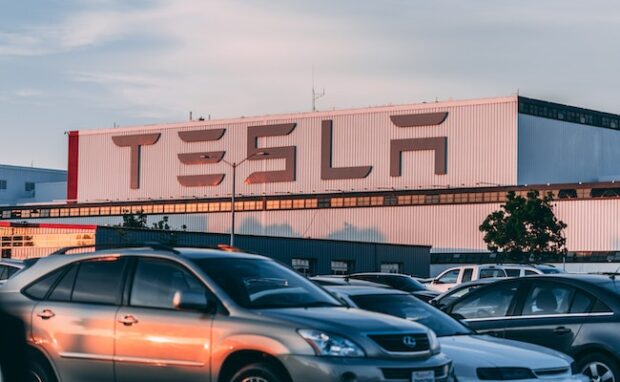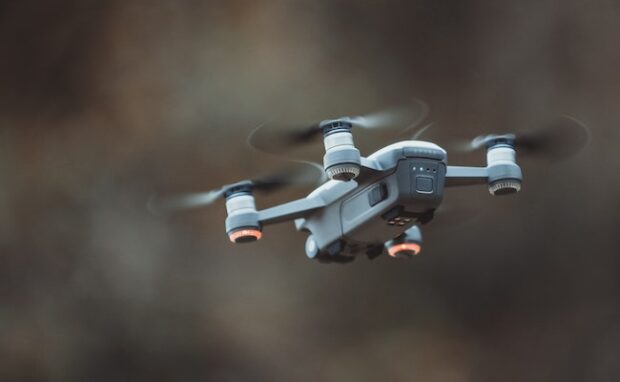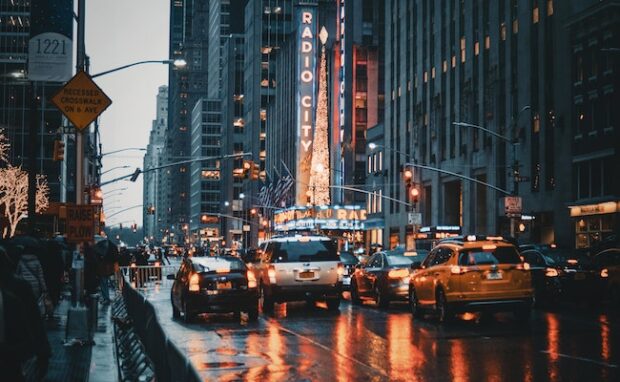How AI reduces traffic and pollution
Most think artificial intelligence is only in our phones and computers, but it is expanding into our streets. Some companies are using this technology to decongest traffic and reduce greenhouse emissions. Others streamline self-driving car and drone traffic. More importantly, more intrepid groups redefine how we design and build cities.
You may not see these trends in your area, but they are testing the waters in others. Those select locations report smoother traffic and cleaner air due to these innovations. Soon, they may become active in your country’s streets, so it’s best to learn about them as soon as possible. After all, the future of travel looks bright with artificial intelligence and other technologies!
This article will discuss some of the latest AI traffic solutions. These include Google’s Green Light AI and other systems that coordinate drone movement and facilitate city planning.
The 5 ways AI improves streets
- Google Green Light AI
- Self-driving cars
- Other AI traffic systems
- Flying cars
- AI city planning
1. Google Green Light AI
Google has been leading artificial intelligence innovation, especially due to the rise of ChatGPT. However, it has expanded its latest projects to the streets with Green Light AI.
It uses artificial intelligence and Google Maps driving trends to analyze traffic patterns and suggest ways to improve traffic light plans. Then, the city engineer can implement them in a few minutes using existing infrastructure.
Green Light coordinates traffic lights, improving car flow and reducing stop-and-go emissions. Google says it could bring “up to 30% reduction in stops and up to 10% reduction in emissions at intersections.” David Atkin, the analysis and reporting manager for Transport for Greater Manchester, said:
You may also like: Google Maps helps users in traffic jams
“Green Light identified opportunities where we previously had no visibility and directed engineers to where there were potential benefits in changing signal timings. This provided valuable insights for our city with 2,400 traffic signals.”
“Both the Green Light and Transport for Greater Manchester teams brought expertise and ideas to the table to improve journeys and reduce emissions.”
2. Self-driving cars

Tesla jumpstarted the self-driving vehicle trend, so seeing it change how transportation works worldwide is unsurprising. Nowadays, some folks may travel without focusing on the road and holding the steering wheel.
At the time of writing, self-driving cars still require drivers to be present in case they need a human to change routes or respond to obstacles. Yet, CEO Elon Musk is optimistic that his self-driving automobiles will advance greatly in the future.
You can find another AI traffic innovation in San Francisco, California. It has a self-driving bus that runs on a fixed route called The Loop around Treasure Island, a former US Navy Base.
It makes seven stops connecting residential neighborhoods with around 2,000 people. Also, this all-electric bus doesn’t have a driver’s seat or steering wheel.
The public transportation vehicle has a human attendant ready to take control with a handheld controller in case of an emergency. As a result, passengers felt secure inside the driverless automobile.
“I didn’t feel unsafe,” said Dominic Lucchesi, one of the first to test the free autonomous service. “I thought that it made some abrupt stops, but otherwise, I felt like I was riding any other bus for the most part.”
3. Other AI traffic systems

North Carolina State researchers believe a fourth traffic light can help human drivers know when driverless vehicles are in an intersection. The white light will signal human drivers to follow self-driving cars.
They follow the most optimal routes mapped by artificial intelligence programs, so following them could improve traffic flows. You would still stop at a red light. Then, the yellow or amber light will notify drivers to get ready, and green still means go.
However, “white lights will tell human drivers to simply follow the car in front of them,” North Carolina researcher Ali Hajbabaie explained. Another AI traffic solution prepares for an upcoming drone problem.
Experts say the US will likely have a million drones delivering packages, monitoring road traffic, and providing emergency aid. As a result, the future may have more drone collisions and accidents.
In response, Johns Hopkins Institute researchers created an AI system that coordinates drone traffic. “This work helps researchers understand how autonomy algorithms that protect airspace can behave when faced with noise and uncertainty in 3D-simulated airspace,” said researcher Lanier Watkins.
4. Flying cars
Has the flying car finally arrived? Alef Aeronautics says its “Model A" flying vehicle now has FAA permission to test run on the road and in the sky — and the company hopes to start delivering vehicles to customers by late 2025.Read more: https://t.co/u1XfQJ0FWI pic.twitter.com/AXH5hMgMDd
— USA TODAY (@USATODAY) July 2, 2023
AI traffic innovations aimed higher as they’ve taken to the skies. Believe it or not, you can now preorder the world’s first flying car, Alef Aeronautics’ Model A.
You can reserve the first flying vehicle to receive FAA approval. The Model A has vertical takeoff and landing (VTOL) abilities and runs on electricity, similar to Tesla cars.
Hyundai also partnered with the Indonesian government to build a flying taxi network for its future capital, Nusantara. Their Advanced Air Mobility (AAM) project will have flying vehicles that transport passengers and goods.
President Joko Widodo explained, “We’re not building this city for 2024; we are looking ahead to 2045, so that’s when the [flying car] tech is for.”
“Now, it’s hard to imagine flying cars, but maybe they’ll be around by 2035. We can be one of the pioneers in the development of the tech.”
5. AI city planning

If artificial intelligence can transform existing cities, why not create them from scratch? China’s Tsinghua University researcher Yu Zheng and his team believe it can create more efficient and eco-friendly urban spaces than others.
That is why they created an AI program that can take over the most complicated and tedious aspects of city planning. Here’s how the system works:
You may also like: AI copilot assists human pilots
- Yu Zheng and his colleagues tasked their model with designing urban spaces that are a few square kilometers wide or about 3×3 blocks.
- They trained the AI system using numerous neural networks after two days of training.
- Next, the AI city planner searched for the ideal road layouts and land uses that fit the local planning policies and the 15-minute city concept.
- The latter involves making walking towards essential city spades like offices and supermarkets easy.
Conclusion
AI traffic innovations are transforming the way we travel. Artificial intelligence projects are helping road traffic flow smoother and coordinate self-driving automobiles.
Others bring us a future filled with flying cars and drones. Some are redefining how we plan our cities. You may have seen some of these technologies without realizing it!
Nevertheless, they will soon change daily life worldwide. It’s best to learn everything you can about them to prepare for such a future. Learn more about the latest digital trends at Inquirer Tech.
Frequently asked questions about AI traffic
Why is AI important in transportation?
Transportation is becoming more complicated as cities add new routes to accommodate more traffic. Also, drones are becoming more widely used than ever, so we need a system that can keep them from colliding with objects. Having humans manage these systems is tedious and inefficient, so we need artificial intelligence instead.
How can AI reduce traffic?
Artificial intelligence can reduce traffic by coordinating how cars move throughout a city. It could plan routes so people don’t spend too much time stuck in traffic. Start-and-stop acceleration in road jams emits copious amounts of greenhouse gases, so these AI traffic systems also help reduce pollution.
How can AI help public transportation?
Public transportation can become more convenient and efficient with artificial intelligence. This technology can organize the movement of buses, taxis, and other public transportation vehicles to ensure they reach destinations faster. Also, people feel safe because most of these AI-powered vehicles have human operators on standby in case of emergencies.